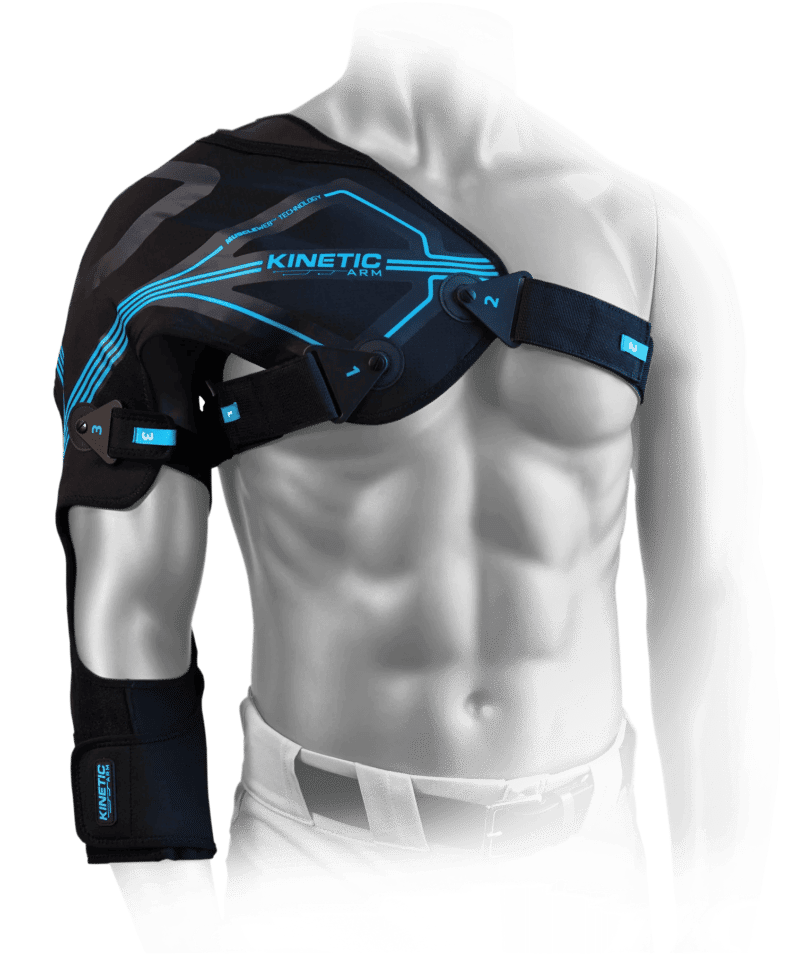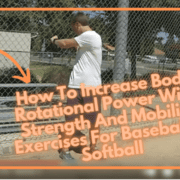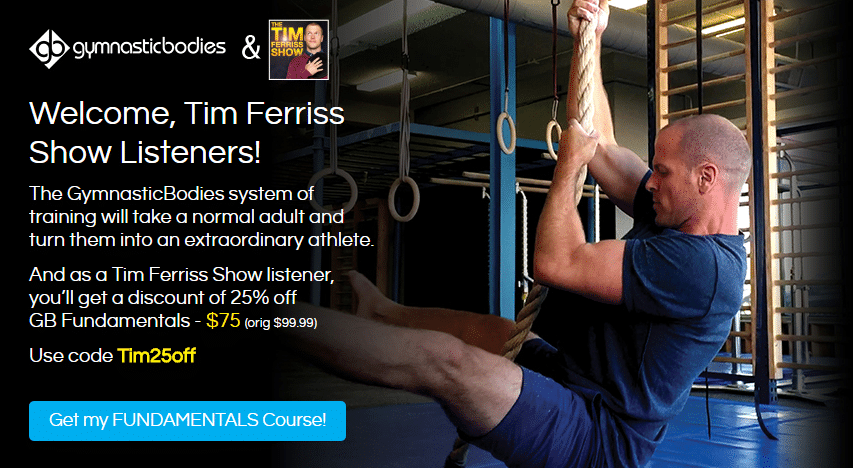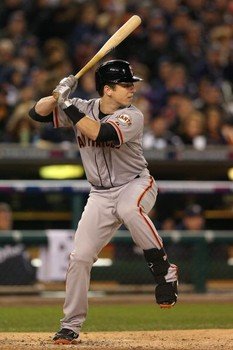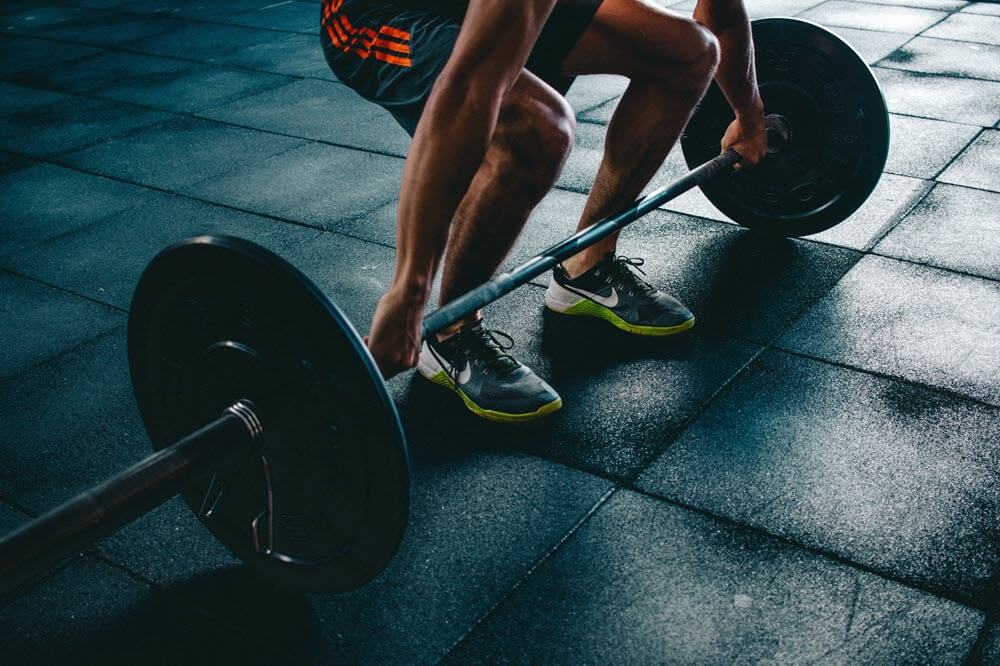
Discover the best 12 week off season workout plan for High School baseball players, and download the PDF that you can take with*! If your hitter is having low back pain after swinging, then read this.
Hey there, baseball hitting parents and coaches! As a strength and conditioning coach with a passion for helping hitters reach their peak, I’m excited to share with you the best 12-week off-season workout plan specifically designed for high school baseball players. This comprehensive plan will not only help you improve your performance on the field but also ensure you stay injury-free throughout the season.
*Please note that the exercises mentioned in the chart PDF are general and can be adjusted based on individual athlete’s needs, limitations, and preferences. Always prioritize proper form and safety during workouts. Ensure that the athletes properly warm up and cool down before and after each session. Additionally, encourage them to stay hydrated and fuel their bodies with nutritious meals to support their training.
Why Off-Season Training Matters
Before we dive into the workout plan, let’s talk about why off-season training is so crucial for high school baseball players. The off-season is the perfect time to focus on building strength, power, and endurance, as well as improving overall athleticism. It’s a time to address any weaknesses and set the foundation for a successful season ahead.
Here are a couple helpful resources:
-
PubMed – Strength and conditioning practices of Major League Baseball strength and conditioning coaches,
- PubMed – Baseball-specific conditioning, and
- PubMed – Offseason Workout Recommendations for Baseball Players.
Week 1-4: Building a Solid Foundation
In the first four weeks of the off-season, we’ll focus on building a solid foundation of strength and endurance. Here’s a breakdown of the workout plan:
Day 1: Full-Body Strength Training
- Warm-up: Dynamic stretches and light cardio (5 minutes)
- Squats: 3 sets of 10 reps (60% of max squat weight)
- Bench Press: 3 sets of 10 reps (60% of max bench press weight)
- Bent-Over Rows: 3 sets of 10 reps (use a weight that challenges you)
- Dumbbell Lunges: 3 sets of 10 reps per leg (use a weight that challenges you)
- Planks: 3 sets of 30 seconds
Day 2: Speed and Agility Training
- Warm-up: Dynamic stretches and light cardio (5 minutes)
- Cone Drills: 4 sets of 30 seconds (rest 1 minute between sets)
- Ladder Drills: 4 sets of 30 seconds (rest 1 minute between sets)
- Sprints: 6 sets of 40 yards (rest 1 minute between sets)
- Side-to-Side Hops: 3 sets of 20 reps per leg
Day 3: Rest and Recovery
Take a day off to allow your body to recover and prepare for the next week of training.
Day 4: Core and Stability Work
- Warm-up: Dynamic stretches and light cardio (5 minutes)
- Planks: 4 sets of 30 seconds (rest 1 minute between sets)
- Russian Twists: 3 sets of 20 reps (use a weight that challenges you)
- Medicine Ball Throws: 3 sets of 10 reps per side
- Leg Raises: 3 sets of 15 reps
Day 5: Conditioning and Cardio
- Warm-up: Dynamic stretches and light cardio (5 minutes)
- Interval Sprints: 10 sets of 30 seconds (rest 1 minute between sets)
- Jump Rope: 3 sets of 1 minute (rest 30 seconds between sets)
- Stair Runs: 4 sets of 30 seconds (rest 1 minute between sets)
Day 6-7: Rest and Recovery
Take the weekend to rest and recover from the week’s training.
Week 5-8: Power and Explosiveness
In weeks 5 to 8, we’ll shift our focus to power and explosiveness to help you generate more force and speed on the field.
Day 1: Olympic Lifts
- Warm-up: Dynamic stretches and light cardio (5 minutes)
- Hang Cleans: 3 sets of 5 reps (70% of max hang clean weight)
- Power Snatch: 3 sets of 5 reps (70% of max power snatch weight)
- Box Jumps: 3 sets of 5 reps (use a height that challenges you)
- Medicine Ball Slams: 3 sets of 10 reps
Day 2: Speed and Agility Training
Repeat the same speed and agility drills from weeks 1 to 4.
Day 3: Rest and Recovery
Take a day off to allow your body to recover and prepare for the next week of training.
Day 4: Plyometrics
- Warm-up: Dynamic stretches and light cardio (5 minutes)
- Depth Jumps: 3 sets of 5 reps (use a height that challenges you)
- Single-Leg Box Jumps: 3 sets of 5 reps per leg
- Broad Jumps: 3 sets of 5 reps
- Medicine Ball Throws: 3 sets of 10 reps per side
Day 5: Conditioning and Cardio
Repeat the same conditioning and cardio drills from weeks 1 to 4.
Day 6-7: Rest and Recovery
Take the weekend to rest and recover from the week’s training.
Week 9-12: Sport-Specific Training
In the final four weeks, we’ll focus on sport-specific training to prepare you for the upcoming baseball season.
Day 1: Batting Practice and Throwing Arm Care
- Warm-up: Dynamic stretches and light cardio (5 minutes)
- Batting Practice: 4 sets of 20 swings
- Throwing Arm Care: 3 sets of 10 reps per arm (use resistance bands)
Day 2: Speed and Agility Training
Repeat the same speed and agility drills from weeks 1 to 4.
Day 3: Rest and Recovery
Take a day off to allow your body to recover and prepare for the next week of training.
Day 4: Fielding and Base Running Drills
- Warm-up: Dynamic stretches and light cardio (5 minutes)
- Fielding Drills: 4 sets of 20 ground balls (work on proper fielding technique and quick release)
- Base Running Drills: 6 sets of 60-foot sprints (focus on explosive starts and quick turns around the bases)
Day 5: Core and Stability Work
- Warm-up: Dynamic stretches and light cardio (5 minutes)
- Medicine Ball Throws: 4 sets of 10 reps per side
- Russian Twists: 3 sets of 20 reps (use a weight that challenges you)
- Planks: 4 sets of 30 seconds (rest 1 minute between sets)
- Leg Raises: 3 sets of 15 reps
Day 6-7: Rest and Recovery
Take the weekend to rest and recover from the week’s training.
Conclusion
Congratulations, baseball players! You’ve completed the best 12-week off-season workout plan designed to take your game to the next level. This program combines strength training, speed and agility drills, plyometrics, and sport-specific training to ensure you’re at your peak performance come game time.
Remember, consistency and dedication are key to seeing results. Listen to your body, and if you need extra rest or recovery, don’t hesitate to take it. Always maintain proper form during workouts to prevent injuries and consult with a healthcare professional if you experience any pain or discomfort.
Stay motivated, work hard, and you’ll be ready to hit the field with confidence and power. Let’s make this upcoming baseball season one to remember!
FAQs
- Can I perform this workout plan during the in-season? While some elements of the workout plan can be incorporated into your in-season training, it’s essential to prioritize game performance and recovery during the season. Consult with your coach or a sports performance specialist to adjust the plan accordingly.
- Should I lift heavy weights during the off-season? Building strength is vital, but it’s essential to focus on proper form and technique rather than lifting heavy weights. Gradually increase the resistance as you progress and ensure you maintain control throughout each exercise.
- How often should I do arm care exercises? Throwing arm care exercises should be done 2-3 times per week to improve arm strength and prevent injuries. Be consistent and follow a well-structured program to see the best results.
- Can I add more core exercises to the plan? Absolutely! Core strength is crucial for baseball players. Feel free to add more core exercises, such as bicycle crunches, reverse crunches, or cable woodchoppers, as long as they don’t compromise the overall balance of the program.
- Can I do extra speed and agility training? It’s essential to balance speed and agility training with adequate rest and recovery. If you feel like you need more, consider adding an extra speed and agility session each week, but always listen to your body and adjust accordingly.








